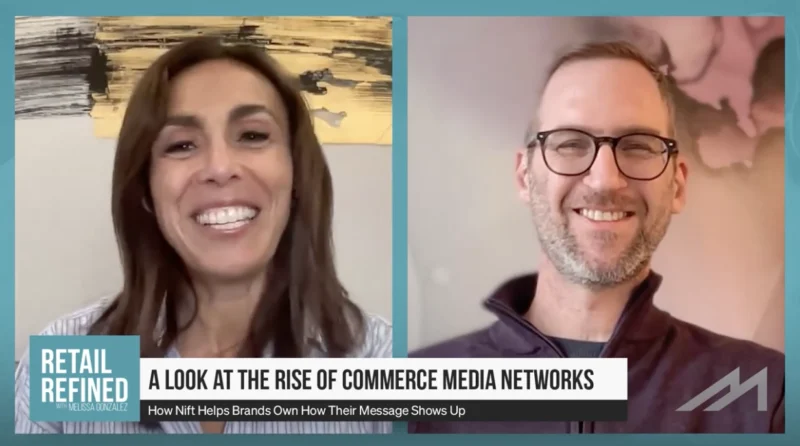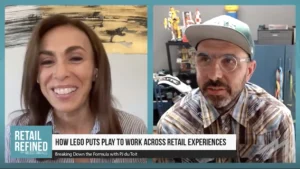AI and Analytics are the Key to Supply Chain Resilience in B2B
In the ever-evolving realm of B2B commerce, a recent survey by o9 Solutions casts a revealing light on the fragility of supply chains in the face of global disruptions. With over half of consumers experiencing supply chain issues in the past year, leading to significant shifts in purchasing behaviors, B2B companies in the middle of these supply chain stressors are at a crossroads. How can these businesses adapt their supply chains to be both efficient and resilient in the face of challenges like inflation, labor shortages, and geopolitical upheavals? And most importantly, what strategies can be implemented to enhance supply chain resilience in this unpredictable environment?
This question becomes even more pertinent when considering the historical context. Many companies have traditionally prioritized efficiency, adopting models like just-in-time logistics, which, while cost-effective in stable times, have proven vulnerable during crises such as the COVID-19 pandemic. The key challenge now is to develop supply chains that can withstand such unpredictable events. A recent development in this area is the growing importance of AI and advanced analytics in supply chain management, as highlighted by the survey’s findings.
Dr. Vafa Saboori, Director of the MS in Business Analytics Program at the Dominican University of California, sat down with MarketScale to give his analysis, whose expertise in operations management offers crucial insights into this dilemma. Dr. Saboori advocates for a strategic shift towards diversification and the integration of advanced technologies like AI and predictive analytics. By looking at examples set by giants like Walmart and Amazon, Dr. Saboori’s approach offers a glimpse into a future where supply chains are not just efficient, but resilient and adaptable to the ever-changing global market, emphasizing the importance of supply chain resilience in modern business strategies.
Dr. Vafa’s Thoughts
“This idea of resiliency versus efficiency, responsiveness versus efficiency, has been always the debate of the scholars and practitioners.
It fits with the trajectory of supply chain crisis, and I can say that this shows some recovery. Data has been much worse than this in the past. Obviously, I don’t have exact numbers from the exact same survey, but in the past we had between 60 to 80 percent of companies having some sort of supply chain disruption. Either lack of visibility in their second tier and third tier, or some sort of bottlenecks caused by the pandemic, or caused by other disruptions like the Suez Canal, Evergreen Ship, Texas Pipeline. Supply chains are still not healthy, but these disruptions are basically showing us that there’s an ongoing challenge.
Anecdotally speaking, I can say that all supply chains are suffering. Specifically, those supply chains that have been built around efficiency. The pioneer of just-in-time supply chains is Toyota, and we remember that during the COVID-19, and after that, Toyota took the biggest hit. Because their supply chain is all designed around efficiency, and everything needs to be done just as there is an order. So, they rely heavily on all parts of supply chain, all these runners in a relay race to pass the baton to each other. So when you are designing your supply chain around efficiency rather than resilience, obviously when there is a disruption, you are going to suffer big time. And these disruptions are not once in a while, although we can say that nobody could predict COVID-19.
But if you think about it in a bigger scale, you see that every few years, we have something. Sometimes the extreme temperatures or extreme weathers cause some sort of disruption. So again, as I said, this comes back all to the whole idea of designing a resilient supply chain versus a efficient supply chain. So that was a long answer. Short answer is that no, it is not healthy. It’s still not healthy, and I can say it’s across the board. If we want to be able to have a smooth supply chain in face of disruption, I can say that all supply chains should be resilient. And resilience means that you have to have multiple suppliers, you have to have lots of risk predictions, use of analytics, technology, and so on and so forth.
But most importantly, you should rely a lot on redundancies. And that is defying the purpose, because when you do that, although your supply chain becomes resilient, the costs will go up. And then so this cost will be basically imposed to your end consumer. And then when you’re increasing the cost a lot, so you are creating a vacuum in the market for a low cost competitor to come up and then sweep basically your share of the market. So this challenge of efficiency versus resilience has always been there.
Basically, what has to happen is integration or consistency of the supply chain. The most important thing here is diversifying the supply sources. And this basically reduces the reliance on one single region or one single supplier. So here we need a much better visibility and communication. One important thing here is the use of technology and data analytics, specifically predictive analytics. So for example, we have companies like Walmart and Amazon. They are doing a great job in using data analytics in predicting consumers’ behavior. And like three months, four months in advance, they know that this segment of market needs such and such, this segment of market needs such and such, and they order everything in advance.
So a silver lining here is that all these disruptions are happening at the same time that we have access to these technologies like artificial intelligence and predictive and prescriptive analytics. So all of this can help a lot to reduce the uncertainties in our supply chain. And obviously, we should also focus on sustainability practices. Our consumers are increasingly looking for more environmentally friendly and green products in our supply chains. So it goes a long way if we are practicing green supply chain practices.”
Article written by Sonia Gossai.








